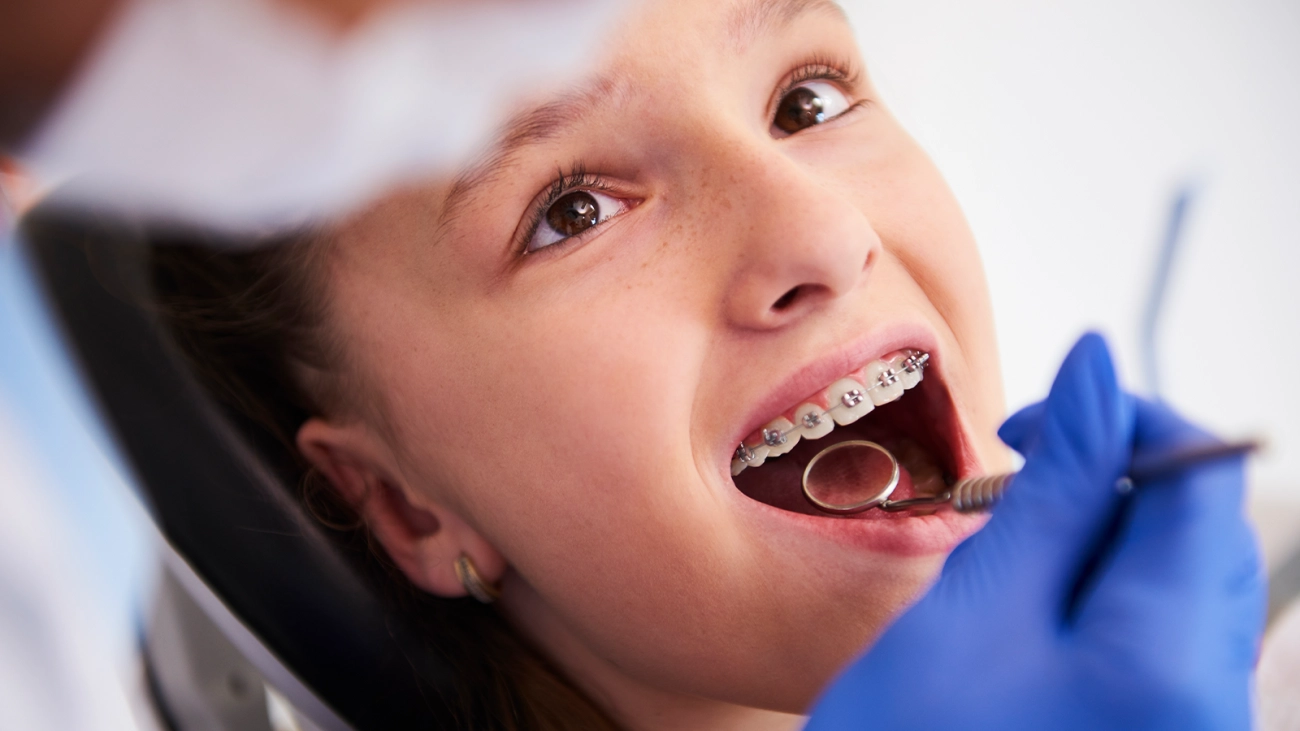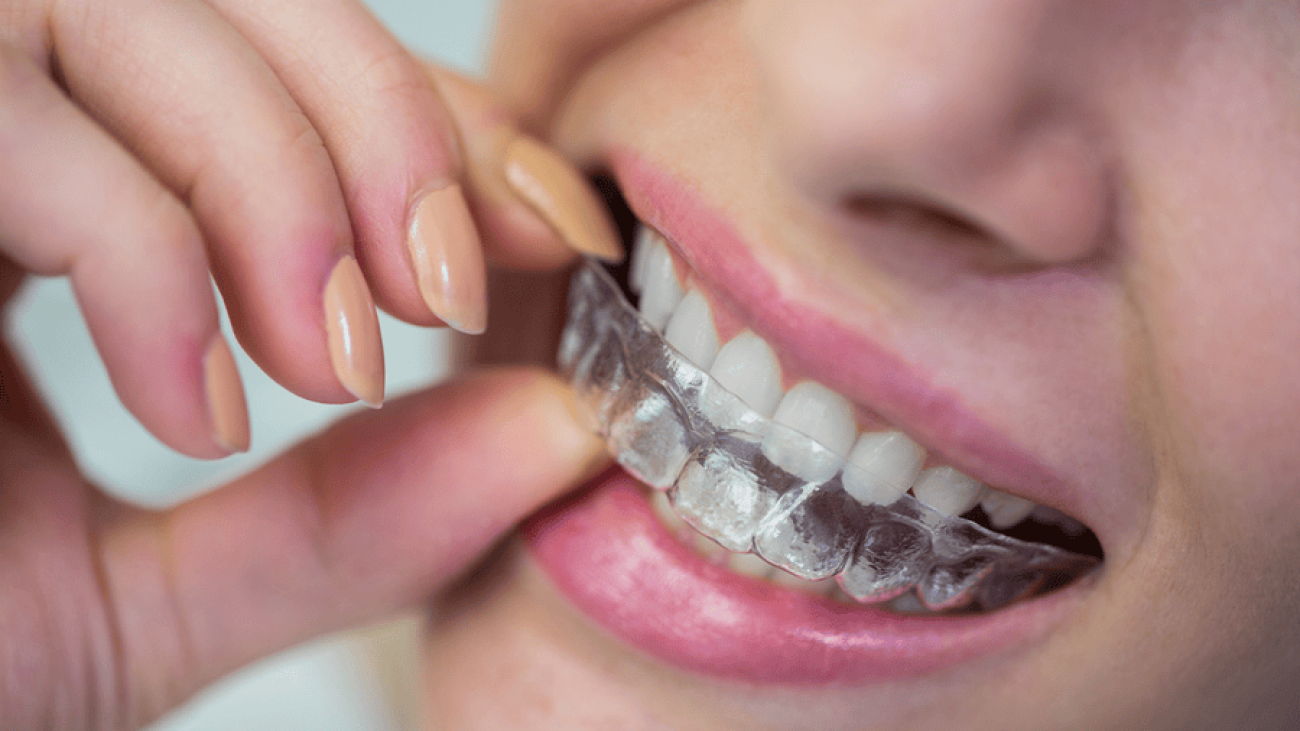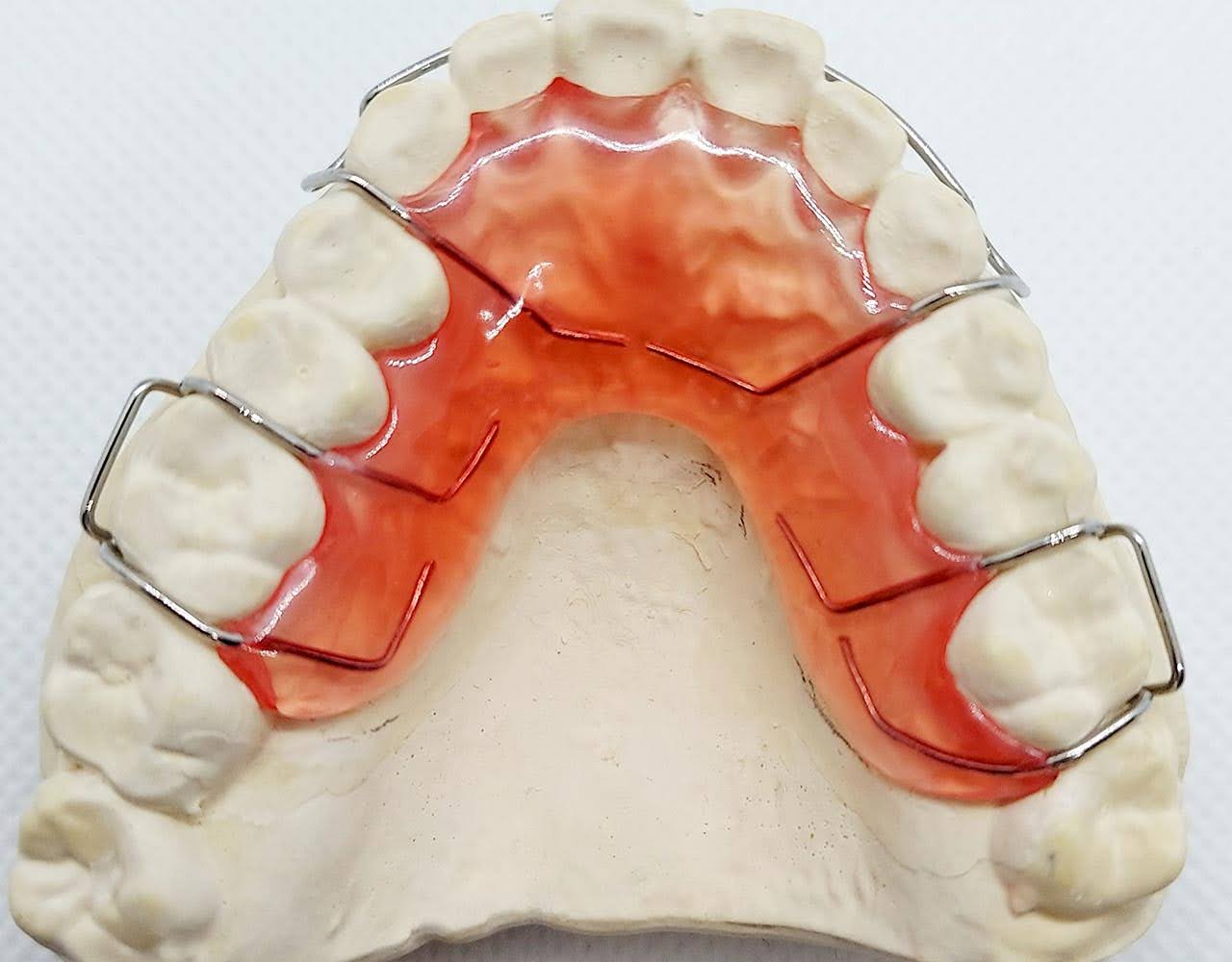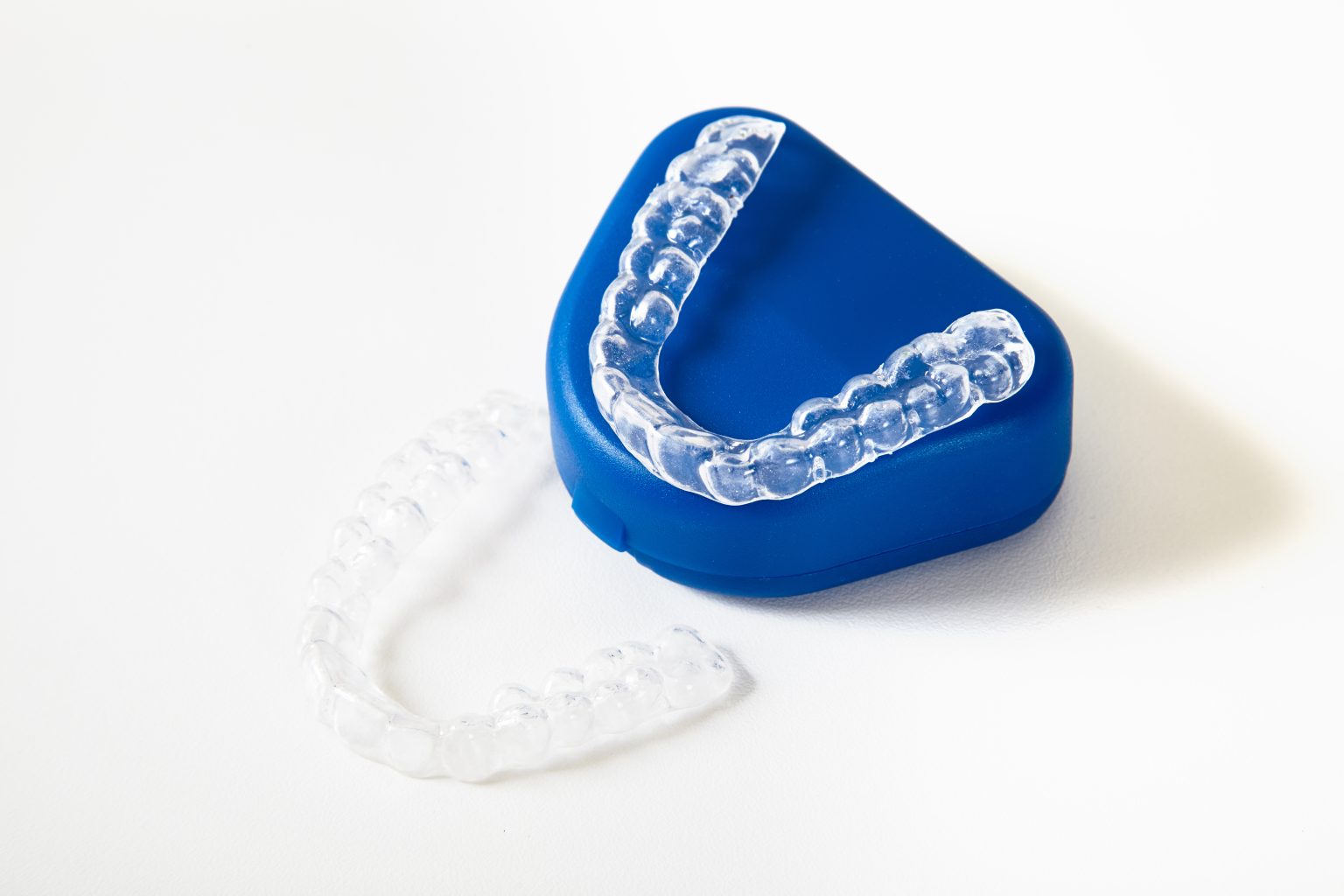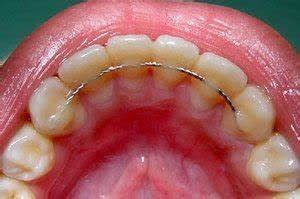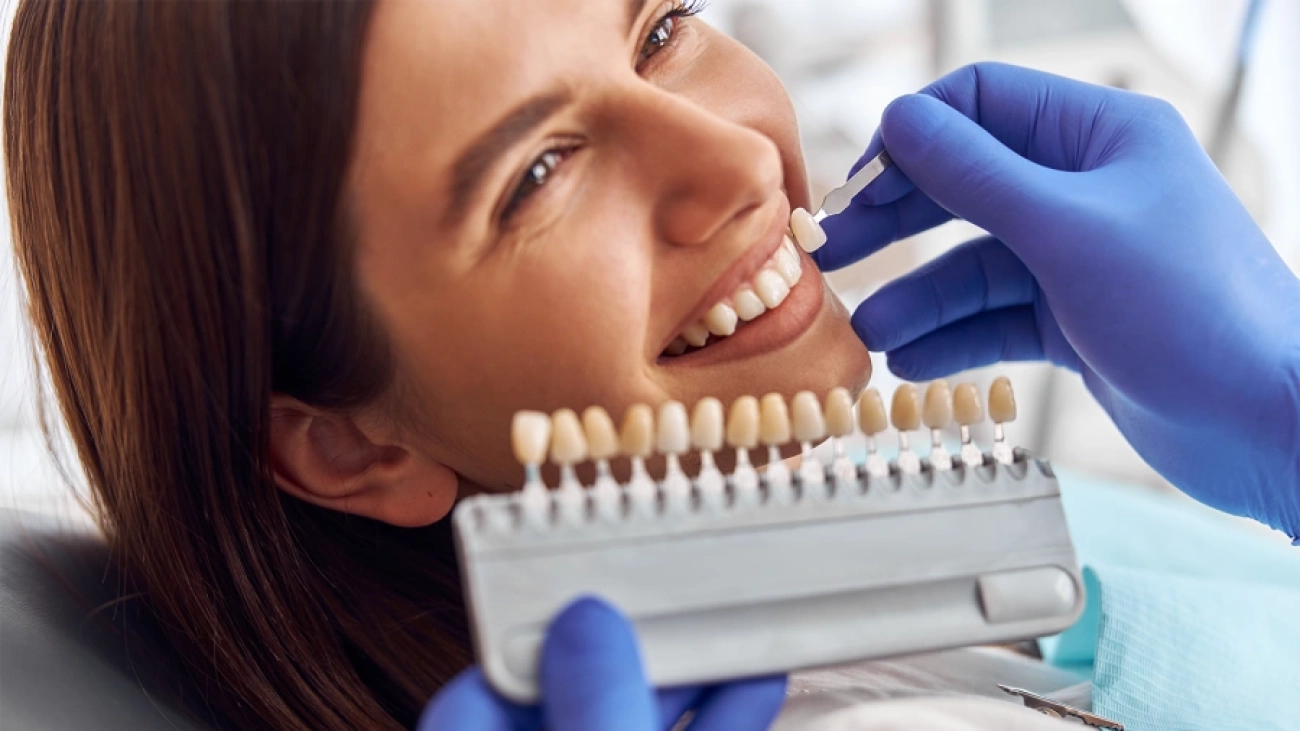Dental braces or Orthodontic braces is a common trend amongst children, youngsters and middle aged people as well. Today’s blog is mainly on how can your child’s crooked teeth or teeth with gaps be corrected with braces and other related matters.
Many of my known contacts ask me “ What is the right age to start braces therapy?”. Actually age is not the right criteria rather it is if the right set of teeth are present. Likewise for each kind of treatment a certain set of teeth must be present for the treatment. Usually all permanent teeth except the wisdom teeth (third molars) must be present for commencing treatment.
How Does Braces Work ?
Braces mainly work by moving teeth. Normal conventional braces are present on your teeth 24*7 So continuous force is applied on your teeth which makes it move. Nowadays aligners are also used which must be in the mouth for at least 22 hours daily.
So basically the tooth moves from one position to a new position and the surrounding bone and gums remodel to adapt to the new position.
Types of Dental Braces for Kids
Here is a small description on the different types of Dental Braces, along with pros and cons of the different types listed below.
- Metal Braces : Metal braces are a common orthodontic treatment used to straighten misaligned teeth. It consists of metal brackets attached to the teeth and a wire passes through the brackets to hold the braces together.
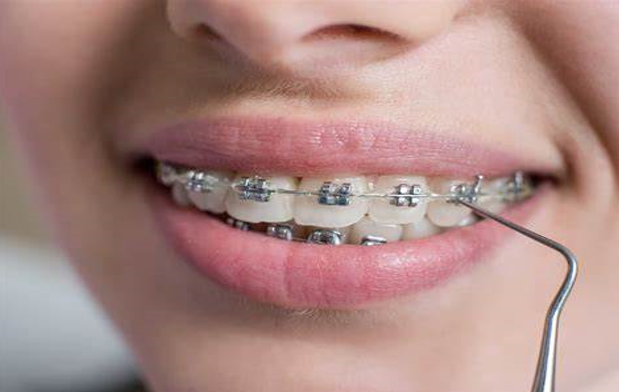
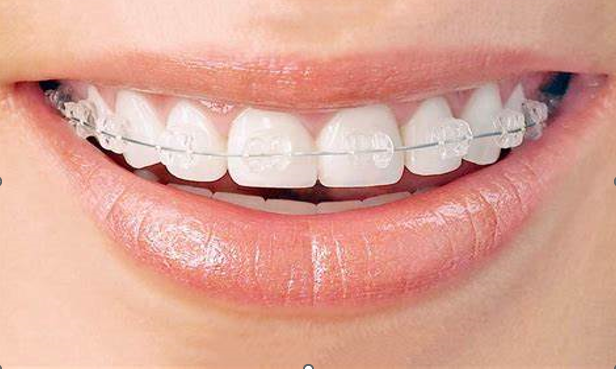
- Ceramic Braces : Ceramic braces or clear braces serve as an alternative to traditional braces. They are less noticeable due to their tooth-coloured or clear appearance. This is a better option for people with metal allergies.
- Self-Ligating Braces : Self ligating braces are a type of orthodontic treatment that holds the archwire using an internal mechanism instead of traditional elastic bands or metal ties. They only require a shorter treatment time and are more comfortable for patients.
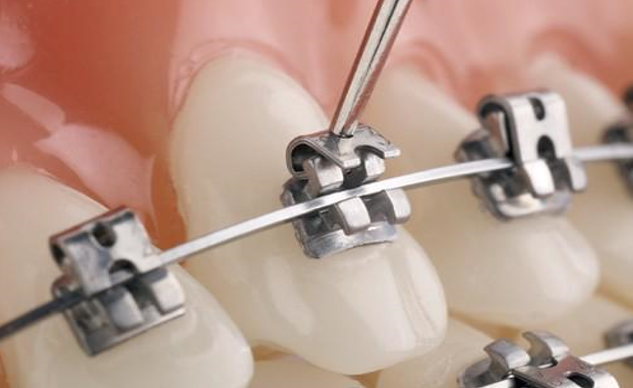
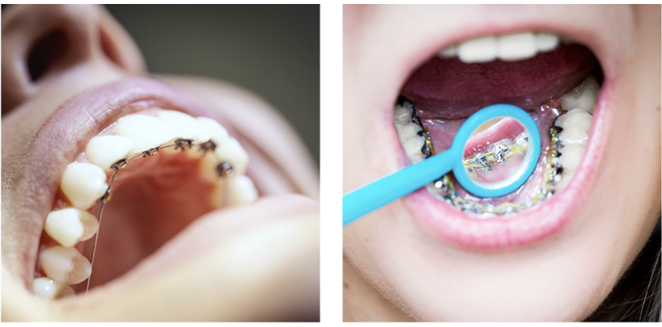
- Lingual Braces : Lingual braces, known as hidden braces, are a type of orthodontic treatment that works like traditional braces but are placed on the inside of the teeth, behind them. They are virtually invisible and can be customized based on your needs.
- Clear Aligners : Clear aligners, also known as invisible braces, are transparent, removable dental appliances used to straighten teeth. They are made from clear, medical-grade plastic and can be customized to fit your teeth.
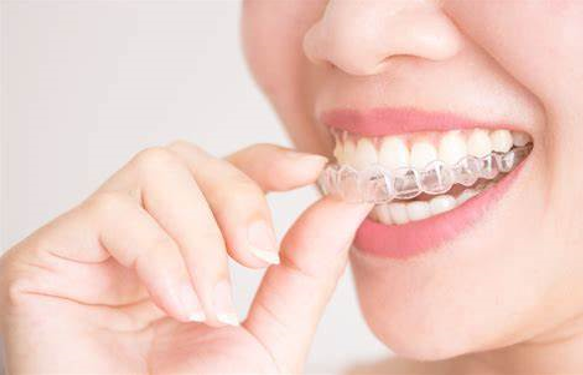
| Types of Braces | Pros | Cons |
|---|---|---|
| Metal Braces (Fig1) | Strength is high | Unaesthetic |
| Self Ligating Braces (Fig3) | Comfortable, less friction involved so some claim faster treatment | Expensive than normal braces |
| Lingual Braces (Fig4) | Aesthetic and invisible | Speech can get affected as braces are placed on the tooth surface facing the tongue. Expensive compared to above. |
| Clear Aligners (Fig5) | 1)Aesthetic, transparent and invisible. 2) No Diet restrictions compared to above |
1) As it is removable, patients must be very disciplined in its use and wear otherwise treatment results will be affected. 2) Expensive |
What to Expect When Getting Braces for Kids?
After getting braces, after care or home care is very important.
For normal braces, Diet restriction is a must. Patients must not have hard food items like nuts, hard snacks, chicken bones.Chances of gum or lip trauma can happen. Orthodontists will prescribe ulcer healing gel or orthodontic wax for added protection.Proper oral hygiene is a must during orthodontic treatment with orthodontic toothbrush, mouthwash, fluoride toothpaste.
To conclude, there are many options available for braces treatment nowadays. It is a collective decision taken by the Orthodontist, parent and child patient after assessing the patient photos, tooth models and radiographs. Proper treatment planning and discussion is a necessity. Choosing the Best Dental Clinic is crucial for ensuring that your child receives expert care and personalized treatment, making the entire braces process smoother and more effective.
FAQ
- Are metal braces the only option for young kids?
No, many other options are available like ceramic braces and aligners which are also equally effective for kids.
- Are braces painful for Kids?
Pain is the same for any age group. It also depends from patient to patient. Some don’t have any pain issue from day 1, some always have pain. Pain perception is a very important factor here.
- Can braces change face shape?
Braces dont change face shape, in fact when treated properly it beautifies your looks and smile. Proper treatment planning is a must. Treatment involving removal of teeth can change the face profile.
- Which type of braces are the best for kids?
It all depends on the patient’s comfort, ability to accept diet restriction, availability of the child for monthly checkups. Comfortable options include Clear Aligners. But always remember aligners must be worn 22 hours daily for its effective action.
- How many years do braces take?
Braces therapy depends on severity of the correction needed. It ranges from 6 months to 2 years. Treatment involving tooth removal usually takes 1.5 years to 2 years. Patient
cooperation is a must for finishing the treatment on time otherwise the treatment can prolong.


